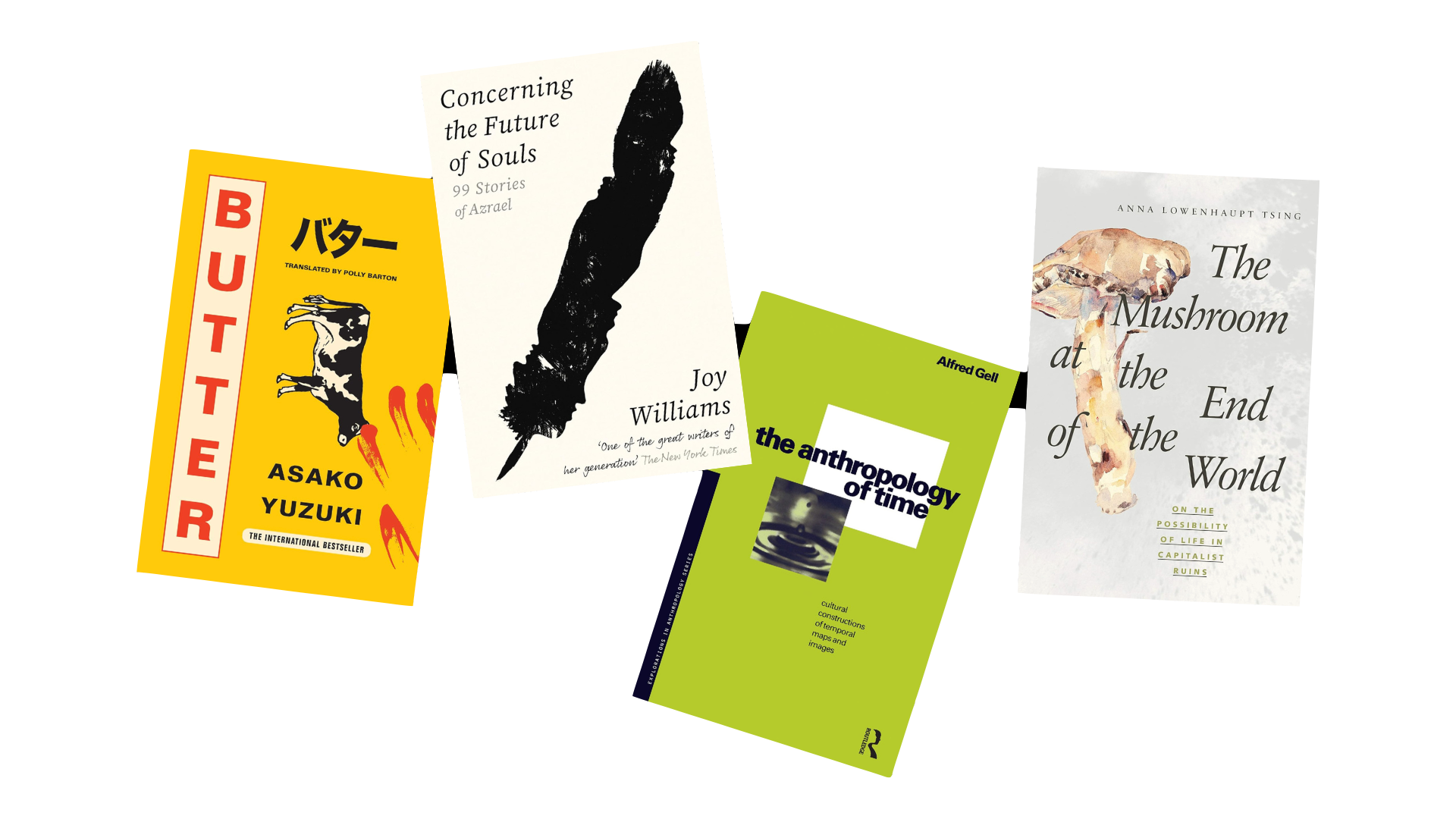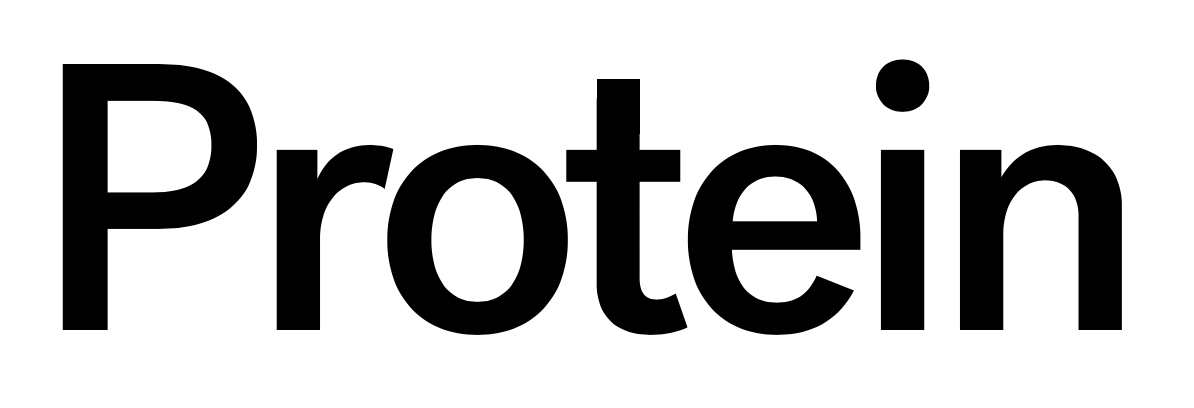Recommended Reading
From bestsellers to lesser-known novels and academic papers, discover our inaugural reading list.

At Seed Club’s first in-person meetup last month, we asked everyone to recommend a book that resonates with our shared values of curiosity, community and growth. The result was a diverse collection of titles that will continue to nurture new ideas and perspectives. Enjoy.
American Wife by Curtis Sittenfeld
Recommended by Maria Rubio
I’m just about to finish Curtis Sittenfeld’s American Wife, which feels surprisingly timely despite being published in 2008. What I find most compelling is how it captures the bizarre reality of American politics through the eyes of someone adjacent to power – its protagonist, Alice Blackwell, a fictionalised Laura Bush.
The novel brilliantly portrays the president, Charlie Blackwell, as both charming and alarming – a man whose political ideology seems driven more by personal legacy than by thoughtful conviction or experience. Reading it now, the book’s unflinching examination of how charisma can overshadow competence in American leadership hits uncomfortably close to home.
I’m particularly struck by Sittenfeld’s observation of “the gullibility of the American people” and how the media and the public become “complicit” in cultivating a president’s persona. The novel raises difficult questions about collective responsibility in a democracy – questions we seem to have forgotten, such as who bears responsibility when we elevate leaders whose values don’t align with our better judgment?
Authenticity as Authentication by Alan Moore
Recommended by Dasha Selyanova
A paper I often return to is Authenticity as Authentication by Alan Moore (2002). I first came across it while writing my thesis on visual authenticity in marketing campaigns. Moore makes a subtle yet insightful observation: we tend to equate authenticity with unmediated experiences. Though he focuses on music, I found his ideas applicable to the analysis of visuals as well. His work exposes a heuristic we rely on when judging the "realness" of things – not by their inherent nature, but by how they present themselves. The less something appears to be mediated or altered – whether through editing, processing or post-production – the more authentic we perceive it to be, even though this perception is often an illusion.
This invitation to pause and reflect on how visuals are processed feels especially relevant today. Brands are scrambling to adopt DIY aesthetics in an effort to connect with younger audiences. Shaky handheld cameras (often iPhones), amateurish framing and lo-fi editing – all carefully designed to evoke a sense of spontaneous intimacy.
What interests me most is how these visual codes, originally born out of subversion or necessity, have now been flattened into formulas. As a result, ironically, there is not so much authenticity as a performance of it – a sea of hyper-curated imperfection that ultimately feels as mediated as the polished imagery it was meant to counteract.
Ahl al-Kahf by Tawfiq Al-Hakim
Recommended by Shang Salah
Ahl al-Kahf (The People of the Cave) is a play by the Egyptian writer Tawfiq Al-Hakim. It is based on the legend of the Seven Sleepers of Ephesus, but the play only has three men in the cave. The play adapts the narrative to ask questions about time and our inability to accept reality. It is great in how it makes you feel pity, but also tired of those men as they continue switching from sad to happy to disbelief to acceptance and then back to disbelief. I loved how it portrayed our easily malleable perceptions of the world. Also, this was published in 1939 Egypt, and the writer Al-Hakim published a lot of anti-fascist work during World War 2, so putting out a play about humans and how easily they can be persuaded into a narrative is very on brand.
Precarious Lease by Jacqueline Feldman
Recommended by John Sunyer
Jacqueline Feldman’s non-fiction debut, Precarious Lease, explores the world of Le Bloc, a Parisian squat that existed from 2012 to 2013. The book covers the daily life of the artists, activists and immigrants who populated the abandoned office building – eight floors, 8,186 square metres – where different voices, subjects and perspectives intersect.
Through reporting, interviews and firsthand experience, Feldman’s narrative examines the dynamics of squatter culture and its unsteady relationship with French bureaucracy and law. The book contrasts the ideals of countercultural living with the realities of marginalisation and instability, and Feldman’s writing provides a detailed portrayal of a community living on the edge.
Feldman’s work resonates far beyond the Parisian banlieue, offering insights into the global struggle for space and belonging in our increasingly pressurised urban landscapes. And the book is marked by the memory of Ludovic Le Ménélec, who died in Le Bloc, with a tribute to him and two others at the end. This detail reminds readers that alternative living arrangements sadly come with many risks.

The Mushroom at the End of the World by Anna Tsing
Recommended by Serra Utkum Ikiz
The Mushroom at the End of the World is about survival, resilience and unexpected connections in a world shaped by capitalism’s destruction. Using the matsutake mushroom, a species that thrives in destroyed landscapes, Anna Tsing explores how life survives in ruins.
I actually picked up the book after coming across this sentence: “When Hiroshima was destroyed by an atomic bomb in 1945, it is said, the first living thing to emerge from the blasted landscape was a matsutake mushroom.” This simple yet profound thought set the tone for the entire journey. So, Tsing examines the connections between human and nonhuman worlds, focusing on the global matsutake trade.
She follows the journey of the mushroom and the interactions among immigrant workers, scientists, and traders, revealing how these relationships challenge traditional economic and ecological narratives. Also, instead of seeing progress as a linear path, she introduces the concept of “contaminated diversity,” where species, people and economies adapt and evolve together in unpredictable ways.
At its core, this is a book about precarity, how nothing is stable, yet life continues in surprising ways. Tsing invites us to rethink survival, not as competition, but as collaboration across differences.
Invitation to a Banquet by Fuchsia Dunlop
Recommended by Jules Pearson
Invitation to a Banquet by Fuchsia Dunlop is an incredible insight into Chinese cuisine, tracing its origins told through 30 different dishes. It gave me a real understanding of the history and diverse flavours of Chinese food culture. Plus, I picked up some tricks that I’ve been using in my cooking since. I'd recommend it for anyone who is interested in food and/or China.
Butter by Asako Yuzuki
Recommended by Emilie Harford
Skillfully translated from Japanese, Butter is inspired by the real-life case of the “Konkatsu Killer”. It’s a great read for anyone who, like me, is both food and thriller obsessed. The novel is written from the perspective of a Tokyo-based journalist on the verge of becoming the first woman to join the editorial desk, as she reports on the case.
Anchored in themes of misogyny, the book uniquely explores complex relationships, fatphobia, trauma and the pleasures of consumption. What I find particularly interesting is the day-to-day commentary on Japanese culture and society, especially attitudes towards relationships and the underlying burdens placed on women, regardless of their situation.
Vermilion Sands by J.G. Ballard
Recommended by Joanna Lowry
I love books so I’m going to town and recommending three. The first is Vermilion Sands by J.G. Ballard. I’m a big Ballard fan – no-one does a better job of blending the psychological and the speculative. He’s also literature’s greatest futurist; the strange, liminal spaces that he describes, where desire, technology and collapse intersect, have proved amazingly prescient. Vermilion Sands is a fever dream of a short story collection. Set in a sun-bleached, desert resort town populated by faded movie stars, eccentric artists and sentient sculptures, it reads like a series of postcards from a world where creativity has turned inward, feeding on itself in eerie and unexpected ways.
The Anthropology of Time by Alfred Gell
Recommended by Joanna Lowry
The second book I’m recommending is an academic book off my Masters reading list: Alfred Gell’s The Anthropology of Time. It explores how different cultures perceive and structure time, challenging the Western notion of time as a linear and objective. Gell argues that time is not just something we experience but something we actively construct through social practices, rituals and technology. It’s great, and mind-expanding and definitely worth your time.
Concerning the Future of Souls by Joy William
Recommended by Joanna Lowry
Finally, another short story collection, Joy William’s Concerning the Future of Souls: Ninety-Nine Stories of Azrael. One of its 99 vignettes is a short story that consists of a single word: “Dugong”. Succinct. Witty. Fun. I lapped it up. Audrey Wollen has written an article about it in this month’s BookForum.
| SEED | #8298 |
|---|---|
| DATE | 04.03.25 |
| PLANTED BY | PROTEIN |



Discussion